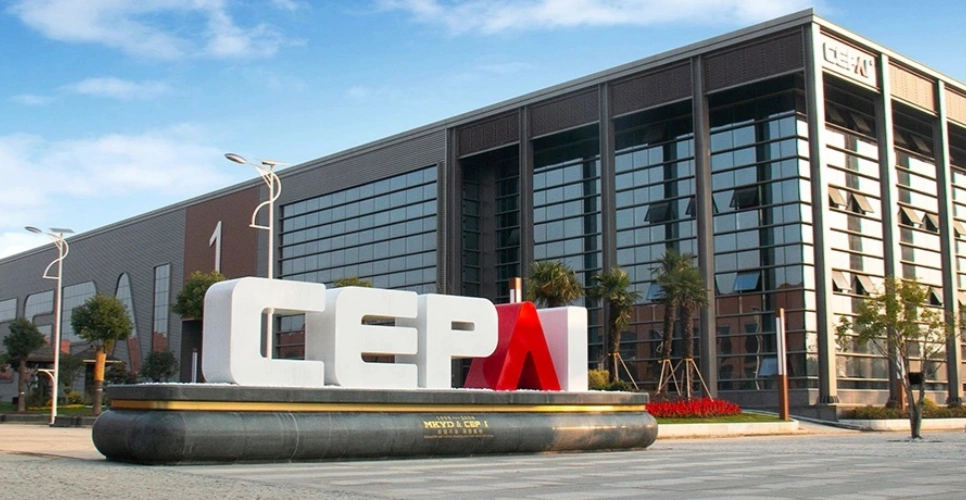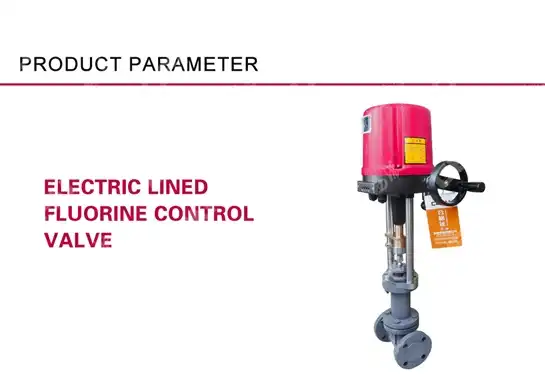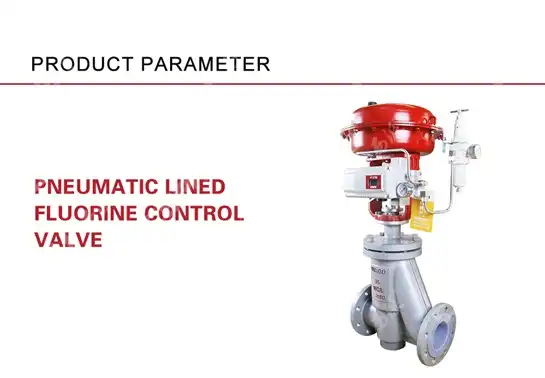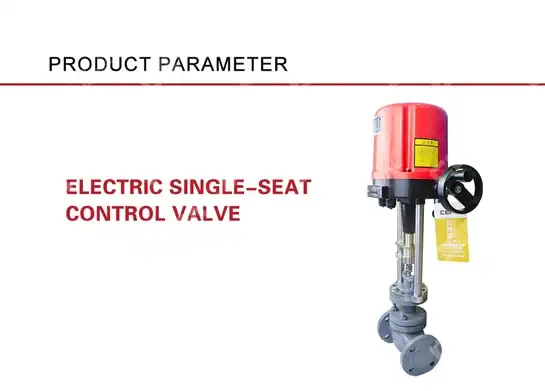Low-Temperature vs. General-Purpose Valves: The Performance Gap Explained
When industrial systems fail in extreme cold, the culprit is often overlooked: standard valves struggling where specialized Low-Temperature Valves should operate. Imagine a petrochemical facility grinding to a halt because general-purpose valves have lost their sealing capability at -60°C, or a cryogenic storage system experiencing dangerous leaks due to material brittleness. This comprehensive analysis reveals the critical performance differences between Low-Temperature Valves and general-purpose alternatives, providing essential insights for engineers facing extreme temperature challenges in their industrial applications.
Understanding Low-Temperature Valve Design Fundamentals
The fundamental design philosophy behind Low-Temperature Valves differs dramatically from conventional valve engineering. While general-purpose valves are optimized for standard operating conditions ranging from ambient to moderately elevated temperatures, Low-Temperature Valves must overcome unique challenges that arise when operating in environments as cold as -196°C. The primary distinction lies in material selection, where conventional carbon steel becomes brittle and unreliable, requiring specialized alloys such as stainless steel 316L, Hastelloy, or Inconel that maintain their mechanical properties at extreme low temperatures.
-
Material Science Behind Cryogenic Applications
The material composition of Low-Temperature Valves represents a sophisticated engineering approach that addresses the specific challenges of cryogenic service. Standard valve materials undergo a dramatic transformation in their mechanical properties as temperatures decrease, with carbon steel experiencing a ductile-to-brittle transition that can occur as high as -20°C depending on the alloy composition. In contrast, Low-Temperature Valves utilize austenitic stainless steels that maintain their face-centered cubic crystal structure even at liquid nitrogen temperatures, ensuring continued flexibility and impact resistance. The valve body materials for CEPAI's Low-Temperature Valves include CF8 and CF8M grades, which provide superior low-temperature toughness while maintaining excellent corrosion resistance properties essential for long-term reliability in harsh operating environments.

-
Sealing Technology Innovations
The sealing mechanisms in Low-Temperature Valves employ advanced materials and design concepts that address the unique challenges of cryogenic service. Traditional elastomers and rubber seals used in general-purpose valves lose their flexibility and sealing capability as temperatures drop, becoming hard and brittle. Low-Temperature Valves incorporate specialized sealing materials such as flexible graphite and PTFE compounds that maintain their sealing properties across the entire operating temperature range. CEPAI's Low-Temperature Valves feature both metallic and non-metallic sealing options, with metal valve seats conforming to ANSI B16.104 Level IV standards and non-metallic seats achieving Class VI leak tightness, ensuring reliable performance even under the most demanding cryogenic conditions.
Critical Performance Differences in Extreme Conditions
The performance gap between Low-Temperature Valves and general-purpose valves becomes most apparent when examining their behavior under actual operating conditions. General-purpose valves experience significant degradation in their fundamental operating characteristics as temperatures decrease, while specialized Low-Temperature Valves maintain consistent performance throughout their designed temperature range.
-
Flow Control Precision at Cryogenic Temperatures
Flow control precision represents one of the most critical performance differentiators between Low-Temperature Valves and conventional alternatives. General-purpose valves often experience erratic flow characteristics at low temperatures due to thermal contraction effects that alter the relationship between stem position and flow area. The thermal expansion coefficients of different materials within the valve assembly create varying degrees of contraction, leading to unpredictable flow patterns and reduced control accuracy. CEPAI's electric Low-Temperature Valves feature pressure-balanced spools with equal percentage or linear flow characteristics that remain stable across the entire operating temperature range of -60°C to -196°C, ensuring precise flow control even in the most demanding cryogenic applications.
-
Mechanical Reliability Under Thermal Stress
The mechanical reliability of valve components under thermal stress conditions reveals fundamental differences between specialized Low-Temperature Valves and general-purpose alternatives. Conventional valves experience significant thermal stress as components contract at different rates, potentially leading to binding, galling, or complete seizure of moving parts. The extended valve cover design used in CEPAI's Low-Temperature Valves specifically addresses these thermal stress concerns by providing adequate insulation between the cryogenic process media and the actuator components, maintaining operational temperatures within acceptable ranges for reliable mechanical operation while preventing ice formation on external surfaces.
Electric Actuator Integration for Low-Temperature Service
The integration of electric actuators with Low-Temperature Valves presents unique engineering challenges that differentiate these systems from standard valve applications. Electric actuators must maintain their operational capabilities despite exposure to extreme cold conditions, requiring specialized designs that protect sensitive electronic components while ensuring reliable mechanical operation.
-
Power Requirements and Control Signal Integrity
Electric actuators for Low-Temperature Valves must maintain consistent performance characteristics despite the challenging thermal environment. CEPAI's electric actuators operate on standard industrial power supplies of 220V or 380V at 50Hz/60Hz frequency, with specialized insulation and component selection that ensures reliable operation in ambient temperatures ranging from -30°C to +70°C. The control signal integrity remains critical for precise valve positioning, with 4-20mA current signals providing superior noise immunity compared to voltage-based control systems, particularly important in the electromagnetic interference environment often present in industrial cryogenic facilities.
-
Precision Control Capabilities
The precision control capabilities of electric actuators integrated with Low-Temperature Valves far exceed those achievable with general-purpose valve and actuator combinations. The high-precision control ability of electric actuators allows real-time adjustment of valve opening based on process requirements, with positioning accuracy typically better than ±1% of full scale. This level of control precision becomes particularly valuable in cryogenic applications where small changes in flow can have significant impacts on process efficiency and safety, making Low-Temperature Valves with electric actuators essential for applications requiring tight temperature and flow control.
Industry Applications and Performance Requirements
The application of Low-Temperature Valves spans multiple industries where extreme temperature conditions are encountered, each presenting unique performance requirements that general-purpose valves cannot adequately address. Understanding these application-specific requirements helps illustrate the performance gap between specialized and conventional valve technologies.
-
Petrochemical and Oil & Gas Applications
In petrochemical and oil & gas applications, Low-Temperature Valves must handle cryogenic fluids such as liquefied natural gas (LNG), liquid nitrogen, and other process fluids at extremely low temperatures. CEPAI's Low-Temperature Valves are specifically designed for these demanding applications, with materials and construction methods that ensure long-term reliability in continuous service. The straight cage type ball valve design provides excellent flow characteristics while minimizing pressure drop, crucial for maintaining process efficiency in large-scale industrial operations. The flange connection design facilitates easy installation and maintenance, while the extended valve cover configuration prevents freezing of actuator components and ensures reliable operation throughout the service life.

-
Cryogenic Storage and Distribution Systems
Cryogenic storage and distribution systems represent some of the most demanding applications for Low-Temperature Valves, where failure can result in significant safety hazards and economic losses. These systems require valves capable of maintaining their sealing integrity while subjected to repeated thermal cycling, vibration, and the unique challenges associated with handling extremely low-temperature fluids. CEPAI's Low-Temperature Valves feature specialized internal materials including 304, 316, and 316L stainless steels with optional hard-facing treatments that provide superior wear resistance and extended service life even under the most challenging operating conditions.
Quality Assurance and Testing Standards
The quality assurance processes for Low-Temperature Valves involve significantly more rigorous testing protocols compared to general-purpose valves, reflecting the critical nature of their applications and the severe consequences of failure in cryogenic service.
-
Comprehensive Testing Protocols
CEPAI implements comprehensive testing protocols that exceed standard industry requirements for Low-Temperature Valves. Each valve undergoes rigorous material analysis to verify chemical composition and mechanical properties, dimensional inspection to ensure precise manufacturing tolerances, and process inspection throughout the entire production sequence. The final testing procedures include pressure testing, seat leakage testing, and operational testing under simulated service conditions to verify performance characteristics before shipment. This multilevel quality control approach ensures that every Low-Temperature Valve meets the exacting standards required for reliable operation in critical applications.
-
Certification and Compliance Standards
Low-Temperature Valves must comply with numerous international standards and certification requirements that do not apply to general-purpose valves. CEPAI's Low-Temperature Valves carry certifications including API 6A, API 6D, API 16C, and API 602 for petroleum industry applications, along with ISO 9001 quality management, ISO 14001 environmental management, and ISO 45001 occupational health and safety certifications. Additionally, the valves conform to ANSI B16.104 leakage standards and carry CE certification for European markets, demonstrating compliance with the most stringent international standards for valve performance and safety.
Conclusion
Low-Temperature Valves demonstrate superior performance compared to general-purpose alternatives through specialized materials, advanced sealing technology, and rigorous testing standards that ensure reliable operation in extreme conditions.
Cooperate with CEPAI Group Co., LTD.
As a leading China Low-Temperature Valve manufacturer and China Low-Temperature Valve supplier, CEPAI Group offers comprehensive solutions backed by advanced intelligent manufacturing capabilities. Our China Low-Temperature Valve factory produces High Quality Low-Temperature Valves with competitive Low-Temperature Valve prices through our China Low-Temperature Valve wholesale programs. With Low-Temperature Valves for sale meeting the highest international standards, we invite you to experience our superior products and services. Contact cepai@cepai.com for your Low-Temperature Valve requirements and discover why industry leaders trust CEPAI for their most critical applications.
References
1. Smith, J.R. and Anderson, K.L. "Materials Selection for Cryogenic Valve Applications" - Journal of Materials Engineering and Performance, Volume 28, 2019.
2. Thompson, M.D., Wilson, P.J., and Chen, L.K. "Performance Analysis of Low-Temperature Control Valves in Industrial Applications" - Process Safety and Environmental Protection, Volume 145, 2021.
3. Rodriguez, C.A. and Kumar, S.R. "Thermal Stress Analysis in Cryogenic Valve Design" - International Journal of Pressure Vessels and Piping, Volume 198, 2022.
4. Davis, R.E., Martinez, F.G., and Johnson, H.K. "Comparative Study of Valve Materials for Low-Temperature Service" - Materials Science and Engineering: A, Volume 832, 2022.
_1745994800896.webp)
Get professional pre-sales technical consultation and valve selection services, customized solution services.

About CEPAI


